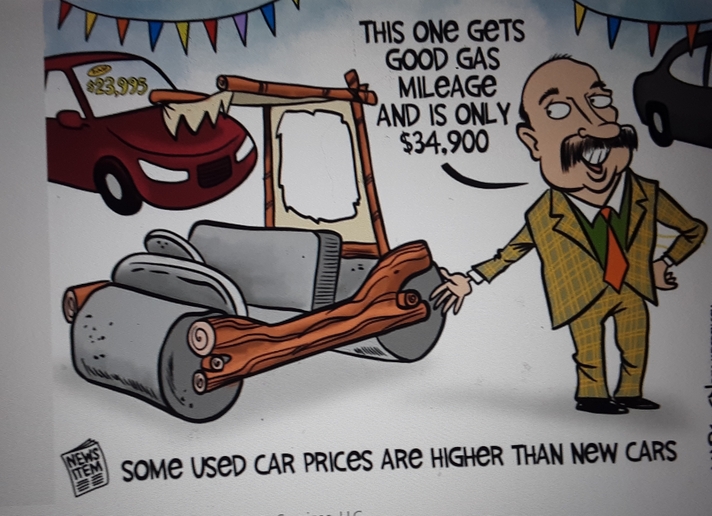I got thinking about this yesterday when I was raking hay and going a pretty good speed with the wheel rake.
With a car or truck, you get better mileage by driving a little slower because of wind resistance and lower RPMs don't you? Is there a point when you go so slow that mileage decreases?
For example, if you drive 50 miles at 50 miles per hour, you're driving that distance in an hour. If you drive 50 miles at 20 miles per hour, it will take two and a half hours to drive that distance. Wouldn't you burn more gas because the engine is running that much longer?
If that's the case, what's the point where mileage decreases by driving slower?
With a car or truck, you get better mileage by driving a little slower because of wind resistance and lower RPMs don't you? Is there a point when you go so slow that mileage decreases?
For example, if you drive 50 miles at 50 miles per hour, you're driving that distance in an hour. If you drive 50 miles at 20 miles per hour, it will take two and a half hours to drive that distance. Wouldn't you burn more gas because the engine is running that much longer?
If that's the case, what's the point where mileage decreases by driving slower?


